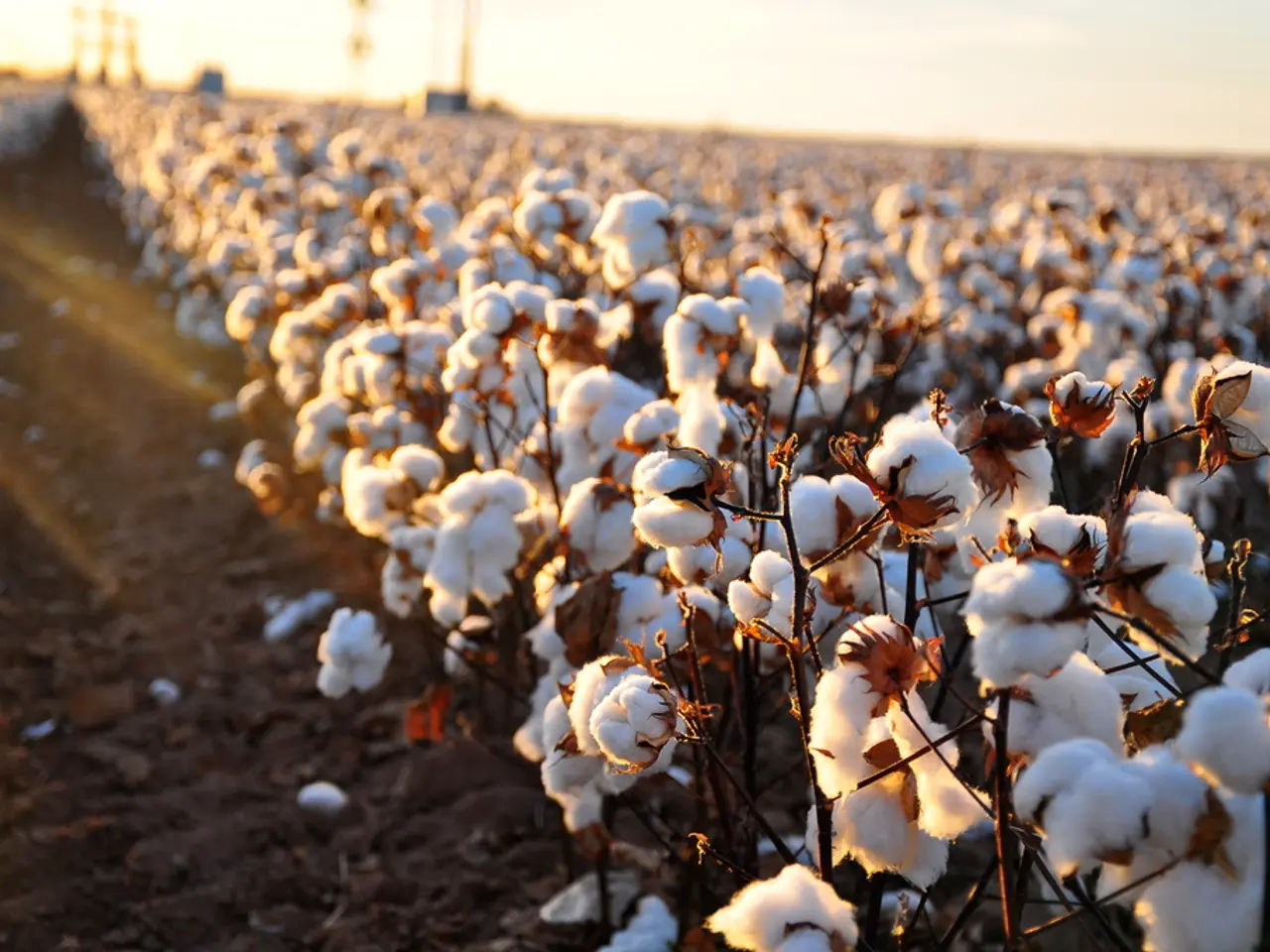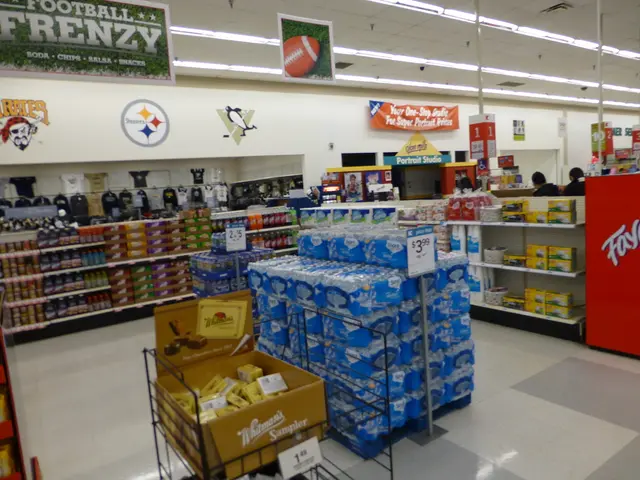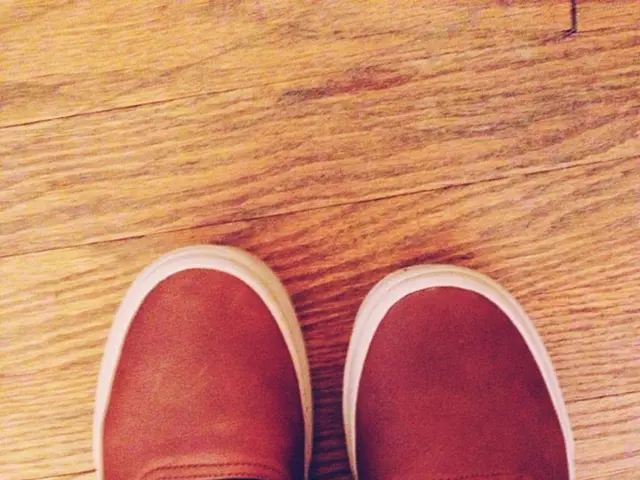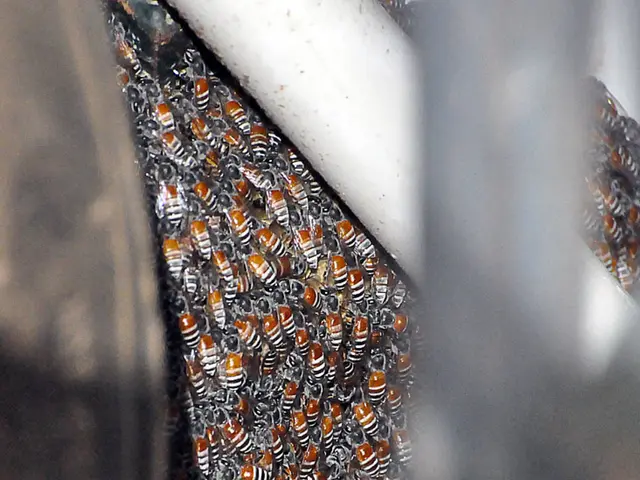Common Questions about Composting Answered
Composting yard, garden, and food waste at home is a sustainable and practical way to reduce waste and improve soil quality. This article explores the main methods of home composting, each with its own advantages, to help you choose the best approach for your household.
Hot Composting
Hot composting is an efficient method that involves building a pile of at least 3x3x3 feet, with a balanced mix of "greens" (food scraps, grass clippings, weeds) and "browns" (dry leaves, shredded paper). The pile should be moist like a wrung-out sponge and turned every 4–5 days to maintain aeration and heat. To be effective, the pile must reach and sustain about 145°F (63°C) for at least two weeks to kill weed seeds, roots, and pathogens. This method offers fast decomposition (as little as 2 weeks to 3 months), effective sterilization, and high-quality compost. However, it requires regular maintenance and a sizable outdoor space.
Cold (Cool) Composting
Cold composting is a low-maintenance method suitable for large gardens. Simply pile up yard and food waste in a designated spot, layer greens and browns as you add them, but leave the pile unturned and let it decompose slowly. This method takes much longer (often 6–12 months), does not kill weed seeds or pathogens, and can attract pests if not managed well.
Vermicomposting (Worm Composting)
Vermicomposting uses red wiggler worms to break down food scraps and certain yard waste in a bin. The worms eat the waste and produce nutrient-rich castings. This method works well indoors or in small spaces and is relatively odor-free if managed correctly. However, it is not suitable for large volumes of yard waste, and some materials (meat, dairy, oily foods) should be avoided.
Bokashi Composting
Bokashi composting is an anaerobic process using specialized bins and inoculated bran to ferment kitchen scraps, including meat and dairy. The fermented waste is later buried or added to a traditional compost pile to finish breaking down. This method is fast, works indoors, accepts a wide range of food waste, and is odorless when sealed. However, it requires the purchase of Bokashi bran and a special bin, and the pre-compost needs further processing.
Indoor/Electric Composters
Indoor electric composters are compact units that grind and heat food scraps to speed up decomposition. Some models produce ready-to-use compost in as little as two weeks. This method is convenient for small spaces, odor-controlled, and fast. However, it has a higher cost and limited capacity, and is generally not suitable for yard waste.
Material Preparation and Best Practices
- Mix Greens and Browns: Aim for a ratio of about 3 parts browns to 1 part greens to balance nitrogen and carbon, which is crucial for efficient decomposition.
- Chop Materials: Smaller pieces decompose faster, so chop or shred larger items like branches and stalks.
- Maintain Moisture: The pile should be moist but not soggy—think wrung-out sponge.
- Aerate: Turn the pile regularly to introduce oxygen, which speeds up the process and prevents odors.
- Location: Place outdoor piles in a sunny spot to help maintain heat.
- Avoid Problem Materials: Do not compost meat, dairy, oily foods, or diseased plants in traditional piles; Bokashi and some electric composters can handle these.
Comparison Table: Popular Home Composting Methods
| Method | Speed | Space Needed | Maintenance | Accepts Meat/Dairy | Kills Seeds/Pathogens | Cost | |-------------------|--------------|--------------|-------------|--------------------|-----------------------|----------------| | Hot Composting | Fast (weeks) | Large outdoor| High | No | Yes | Low | | Cold Composting | Slow (months)| Large outdoor| Low | No | No | Low | | Vermicomposting | Moderate | Small/Indoor | Moderate | No | No | Low-Moderate | | Bokashi | Fast | Small/Indoor | Low | Yes | Yes (after burial) | Moderate | | Electric Composter| Fast | Small/Indoor | Low | Some models | Yes | High |
Summary
Hot composting is the most effective for quickly transforming yard, garden, and food waste into usable compost, especially if you manage the pile actively. Cold composting is the easiest but slowest option. Vermicomposting and Bokashi are excellent for indoor or small-space composting, with Bokashi uniquely handling meat and dairy. Electric composters offer convenience and speed for food scraps but at a higher cost. Choose the method that best fits your space, time, and waste stream for sustainable, effective home composting.
Compost is sometimes referred to as "black gold" due to its value in gardening. Creating and using compost does not cost a lot, unlike gold. The University of Missouri, the University of New Hampshire, and the University of Minnesota offer resources on making and using compost, as well as composting for home gardeners. Composting keeps and uses organic wastes on-site, eliminating the need for hauling soil amendments back and forth from the garden.
- To efficiently transform yard, garden, and food waste into usable compost, consider implementing hot composting, which offers fast decomposition, effective sterilization, and high-quality compost.
- Cold composting is a low-maintenance method suitable for large gardens, requiring no regular turning or sizable outdoor space, but it takes much longer to decompose.
- Indoor spaces or small gardens can benefit from vermicomposting, a method that uses red wiggler worms to break down food scraps and certain yard waste in a bin, creating nutrient-rich castings.
- For residents who desire a fast, odorless, and versatile method to handle kitchen scraps, including meat and dairy, Bokashi composting, an anaerobic process using specialized bins and inoculated bran, might be the best choice.




